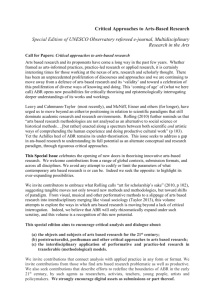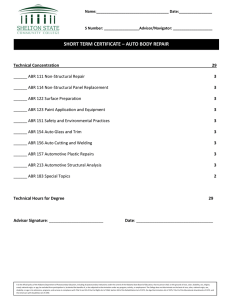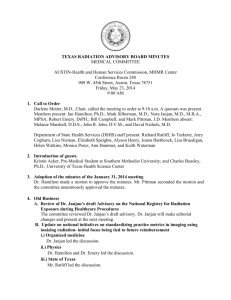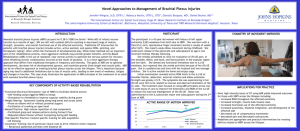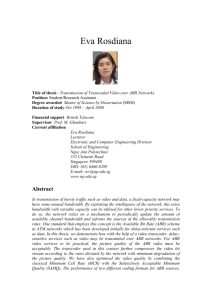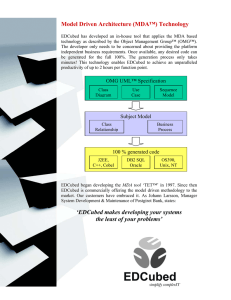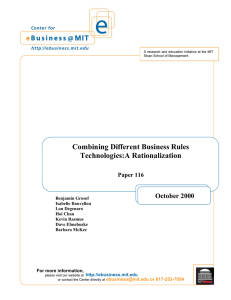Document 11277876
advertisement
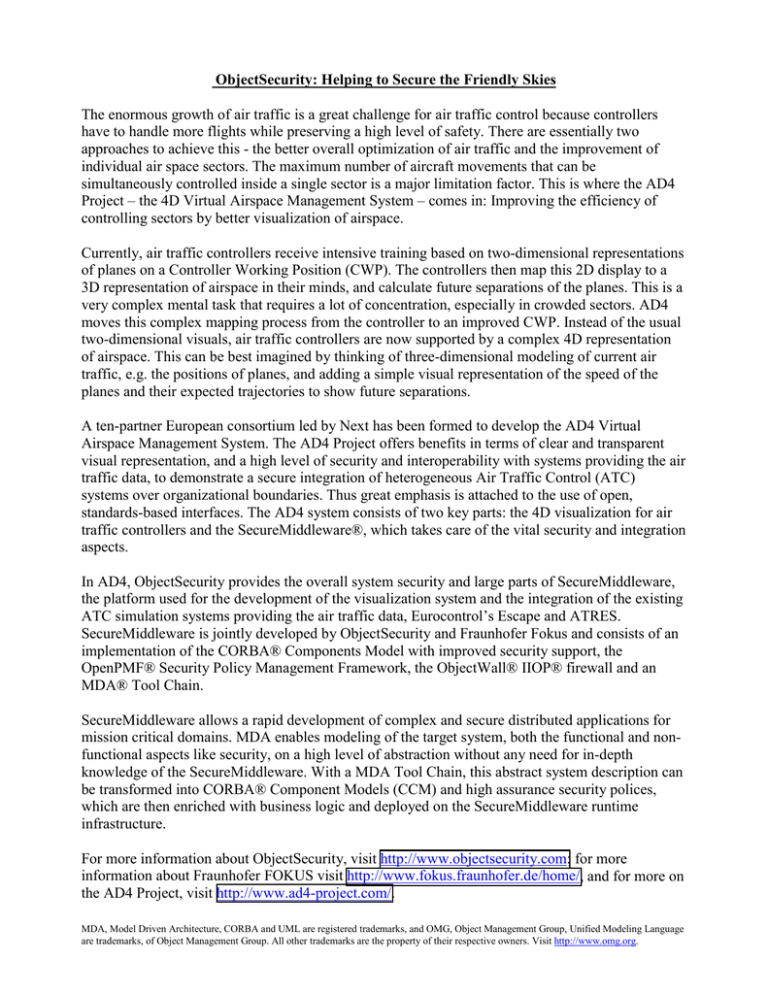
ObjectSecurity: Helping to Secure the Friendly Skies The enormous growth of air traffic is a great challenge for air traffic control because controllers have to handle more flights while preserving a high level of safety. There are essentially two approaches to achieve this - the better overall optimization of air traffic and the improvement of individual air space sectors. The maximum number of aircraft movements that can be simultaneously controlled inside a single sector is a major limitation factor. This is where the AD4 Project – the 4D Virtual Airspace Management System – comes in: Improving the efficiency of controlling sectors by better visualization of airspace. Currently, air traffic controllers receive intensive training based on two-dimensional representations of planes on a Controller Working Position (CWP). The controllers then map this 2D display to a 3D representation of airspace in their minds, and calculate future separations of the planes. This is a very complex mental task that requires a lot of concentration, especially in crowded sectors. AD4 moves this complex mapping process from the controller to an improved CWP. Instead of the usual two-dimensional visuals, air traffic controllers are now supported by a complex 4D representation of airspace. This can be best imagined by thinking of three-dimensional modeling of current air traffic, e.g. the positions of planes, and adding a simple visual representation of the speed of the planes and their expected trajectories to show future separations. A ten-partner European consortium led by Next has been formed to develop the AD4 Virtual Airspace Management System. The AD4 Project offers benefits in terms of clear and transparent visual representation, and a high level of security and interoperability with systems providing the air traffic data, to demonstrate a secure integration of heterogeneous Air Traffic Control (ATC) systems over organizational boundaries. Thus great emphasis is attached to the use of open, standards-based interfaces. The AD4 system consists of two key parts: the 4D visualization for air traffic controllers and the SecureMiddleware®, which takes care of the vital security and integration aspects. In AD4, ObjectSecurity provides the overall system security and large parts of SecureMiddleware, the platform used for the development of the visualization system and the integration of the existing ATC simulation systems providing the air traffic data, Eurocontrol’s Escape and ATRES. SecureMiddleware is jointly developed by ObjectSecurity and Fraunhofer Fokus and consists of an implementation of the CORBA® Components Model with improved security support, the OpenPMF® Security Policy Management Framework, the ObjectWall® IIOP® firewall and an MDA® Tool Chain. SecureMiddleware allows a rapid development of complex and secure distributed applications for mission critical domains. MDA enables modeling of the target system, both the functional and nonfunctional aspects like security, on a high level of abstraction without any need for in-depth knowledge of the SecureMiddleware. With a MDA Tool Chain, this abstract system description can be transformed into CORBA® Component Models (CCM) and high assurance security polices, which are then enriched with business logic and deployed on the SecureMiddleware runtime infrastructure. For more information about ObjectSecurity, visit http://www.objectsecurity.com; for more information about Fraunhofer FOKUS visit http://www.fokus.fraunhofer.de/home/, and for more on the AD4 Project, visit http://www.ad4-project.com/. MDA, Model Driven Architecture, CORBA and UML are registered trademarks, and OMG, Object Management Group, Unified Modeling Language are trademarks, of Object Management Group. All other trademarks are the property of their respective owners. Visit http://www.omg.org.
